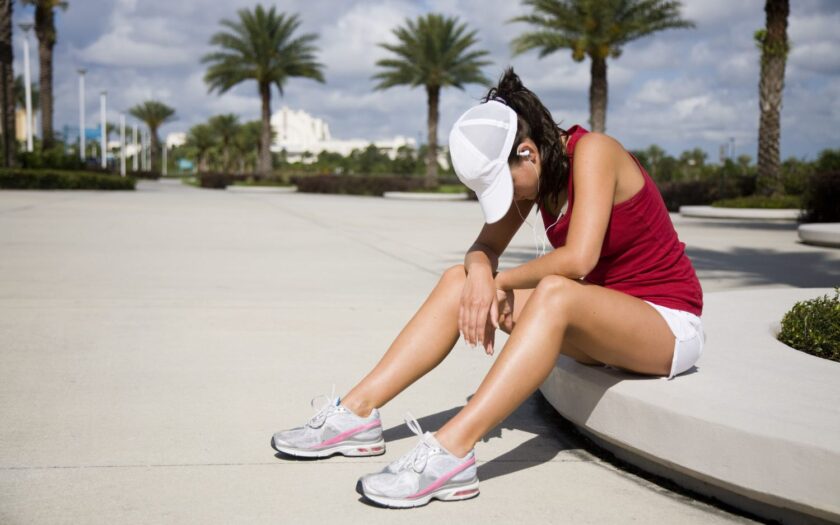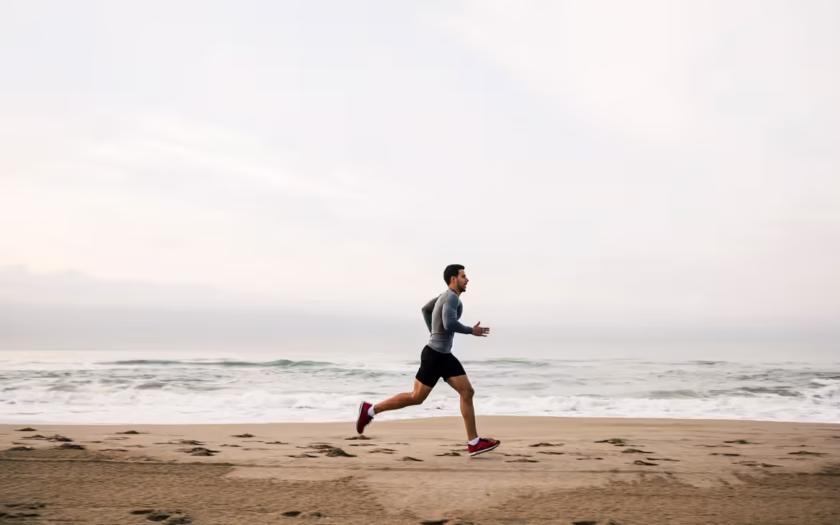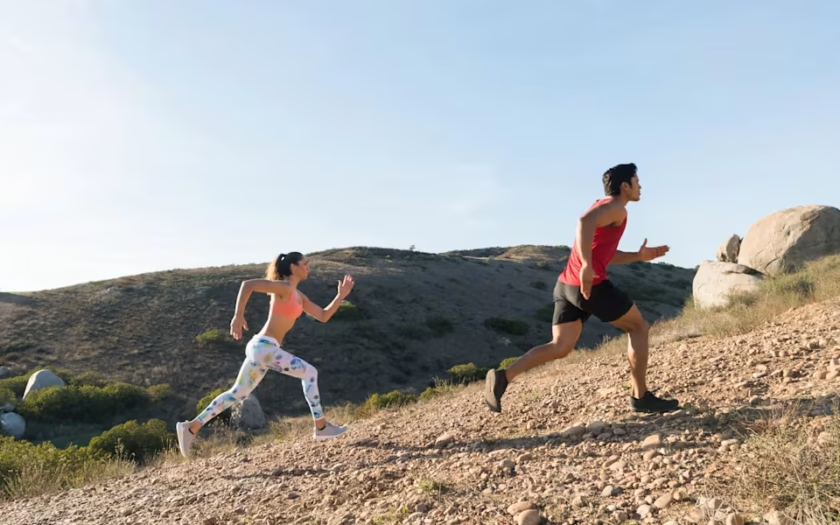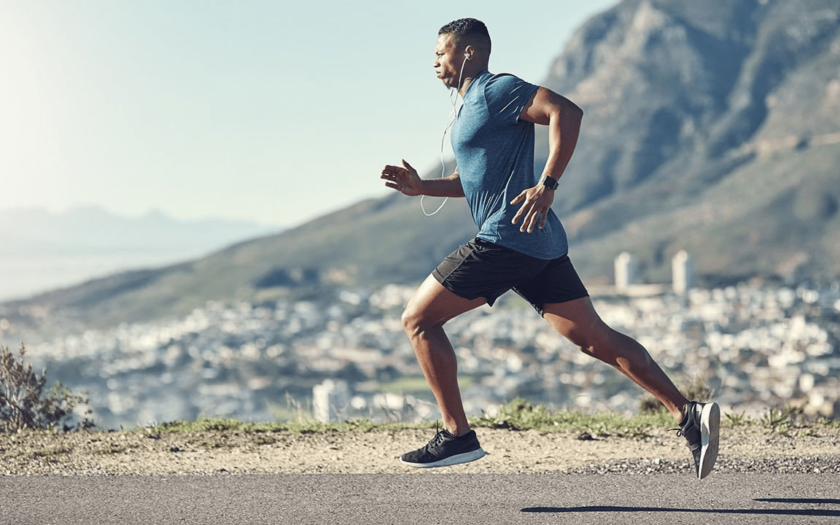Running offers numerous benefits for cardiovascular health, fitness, and mental well-being, and the endorphin rush it provides is often described as a runner’s high. Whether you prefer a casual jog or a more intense training session, running is celebrated for its simplicity and accessibility—just lace up your shoes and head out. To further enhance your running experience, consider focusing on metrics like running cadence, which can offer insights into your performance and efficiency. Additionally, investing in high-quality running shoes, utilizing specialized gear, and tracking your progress with running apps can also contribute to improving your overall run.











